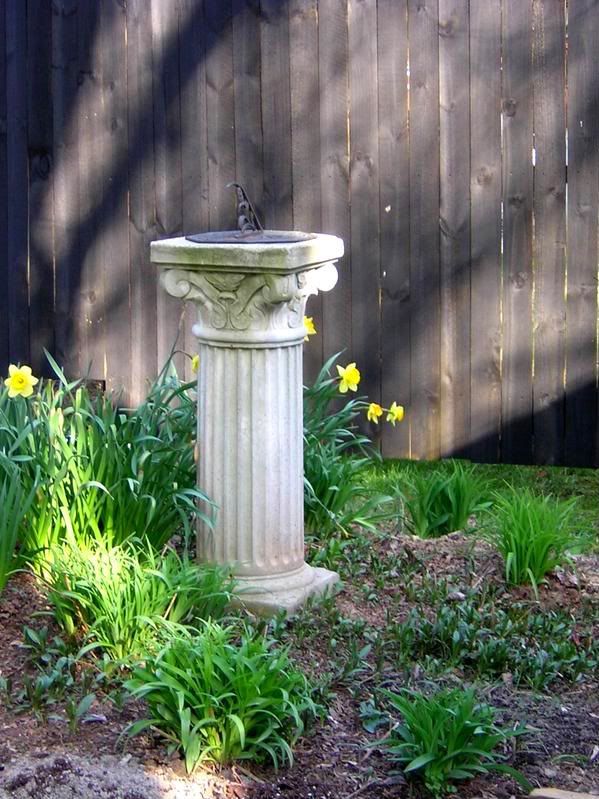 |
| The Blue Boat, Killarney, Ireland © A.Rutherford |
Sometimes just a simple note of color can brighten a day or provoke a meaningful thought if you attend to it. Only by being present to it can it become a grace note in your life. (See Being Present in the Moment)
attend
verb
1 be present at, take part in; present oneself at, turn up at;
informal: show up at
ANTONYMS miss.
2 pay attention to, pay heed to, be attentive to; take note of, take into
consideration.
ANTONYMS disregard, ignore.
grace note
1: a musical note added as an ornament
2: a small addition or embellishment
From one of my earliest solo trips to Ireland, there is this image which I have carried in my head for a long time. In Connemara in the west of Ireland, out away from anywhere, I came upon this isolated, reedy lake with a single blue boat pulled up on the shore. No houses or other signs of life were anywhere around. There was also no sign of the boatman or clue as to where he could be. I have never forgotten the allure of this scene, but could not figure out why it had seemed to speak to me and remain in my consciousness in the way that it did. But it has long been a memory that I have feasted upon in my mind's eye at times when I needed peace.
Then the scene repeated itself on my latest visit to Ireland, this time in Killarney. The day was a brilliant one, but there was, as can happen only in Ireland, a slight mist in the air which made everything shimmer and seem a little dreamlike.
Again a single boat, seemingly abandoned, caught my imagination and again provoked an inexplicable emotion in me. But I remember being grateful for the serendipity of finding such a scene again. I spent some time just sitting and attending to the scene. It was important to be present to it in the moment. I wanted the memory to be more real than a photograph. I knew from experience that although I might record the scene with my camera, the lens could not capture how I responded to the scene.
Not long ago, when using my memory of the blue boats for peaceful reflection, finally I was able to describe how those scenes of the abandoned boats made me feel. Then the discipline of putting my thoughts together in poetic form crystallized it all for me, and their message became clear. They were grace notes for me, spots of beauty in my life. But for the owners of the boats they were merely the everyday objects of their lives. I wondered did these fishermen pay attention to how beautiful the setting of their daily work was. Were the blue boats amongst the grassy reeds grace notes for them too? Did they attend to their special quality the same way that I, a tourist in their environs, did?
So I was inspired to make sure that I see my daily life for what it is, a gift with grace notes of color and messages of affirmation, if I pay attention.
The first blue boat can be seen in the short video below, which contains the reading of my poem:
The Blue Boat
The blue boat is lightly tied
Among the reeds along the grassy shore.
The silence of the scene calls out,
Disturbing, leaving me desiring more.
O Boatman, what drew you away?
What lured you is not clear.
Where could you go to seek a place
More peaceful, lovelier than here?
Some urge deep within my heart,
Unbidden, rises as a question
Which surprises, even startles me,
Forcing an admission, a confession.
I long to discard too the barque
Which has carried me along thus far,
And climb ashore in some mystic place
And wander off in search of some strange star.
I’ll leave it tied up should I come again
To need it to return where I belong,
But something will be different, this I know,
I will be more sure, I will be strong.
© Ardoth Rutherford
_____________________________________
_____________________________________
















